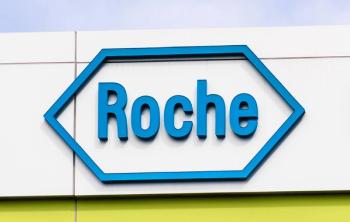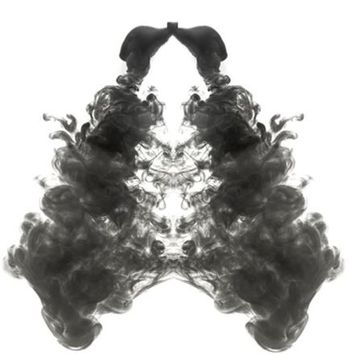
Helium-Oxygen Mix Increases Exercise Capacity in COPD
EDMONTON, Alberta -- A mixture of helium and oxygen allowed patients with chronic obstructive pulmonary disease to increase their exercise capacity, found researchers here.
EDMONTON, Alberta, Feb. 5 -- A mixture of helium and oxygen allowed patients with chronic obstructive pulmonary disease to increase their exercise capacity, found researchers here.
In a randomized crossover study, a mixture of 40% oxygen and 60% helium improved exercise capacity by a factor of nearly 2.5 compared with air, reported Neil Eves, Ph.D., of the University of Edmonton, and colleagues, in the February issue of the American Journal of Respiratory and Critical Care Medicine
The mixture, dubbed helium-hyperoxia, also improved exercise capacity compared to two other gas mixtures -- hyperoxia (40% oxygen and 60% nitrogen) and normoxic helium (21% oxygen and 79% helium) -- that are known to be beneficial in COPD, Dr. Eves.
"If patients were to breathe helium-hyperoxia in a rehabilitation setting, they could potentially perform a lot more exercise," Dr. Eves said in a statement, "which might improve their exercise capacity, fitness level and as a result, quality of life."
The improvement arises, the researchers said, because of a reduction in the dynamic hyperinflation of the lung, characteristic of COPD, in which the patients is unable to empty the lung completely before beginning the next breath, resulting in dyspnea.
Dr. Eves and colleagues enrolled 10 men with moderate to severe but clinically stable COPD, excluding patients dependent on supplemental oxygen, with cardiovascular disease, or musculoskeletal abnormalities.
The volunteers made three visits to the clinic, the first of which was designed to confirm the extent of COPD and the absence of cardiovascular contraindications to exercise.
On each subsequent visit, they underwent exercise testing with two of the four gases -- air, hyperoxia, normoxic helium, and helium-hyperoxia -- in a random order.
They were asked not to speak during the tests, in order to disguise the characteristic squeaky voice associated with breathing helium.
The exercise test consisted of constant-load cycling at 60% of the maximal work load, limited by the onset of symptoms such as shortness of breath or leg discomfort.
The researchers found:
- Volunteers were able to exercise for 9.4 minutes on average while breathing air, compared with 17.8 minutes for hyperoxia and 16.7 minutes for normoxic helium.
- By contrast, average exercise time with helium-hyperoxia was 26.3 minutes, significantly greater compared with air than with either hyperoxia or normoxic helium (at P=0.019 and P=0.007, respectively).
- Exercise capacity on helium-hyperoxia improved by a factor of 2.45 compared with air, and by 56% and 92% when compared with hyperoxia and normoxic helium, respectively.
- When the total work of breathing per minute was calculated, only helium-hyperoxia was significantly lower than with air, at P=0.008.
When breathing air, the researchers noted, shortness of breath was the main symptom that limited exercise. But when breathing helium-hyperoxia, the main symptom that prevented further exercise was leg discomfort.
That finding suggested that helium-hyperoxia "decreases the ventilatory constraints associated with COPD to an extent that skeletal muscle function becomes more of a limiting factor," the researchers said.
Newsletter
Enhance your clinical practice with the Patient Care newsletter, offering the latest evidence-based guidelines, diagnostic insights, and treatment strategies for primary care physicians.



























































































































































































































































































































